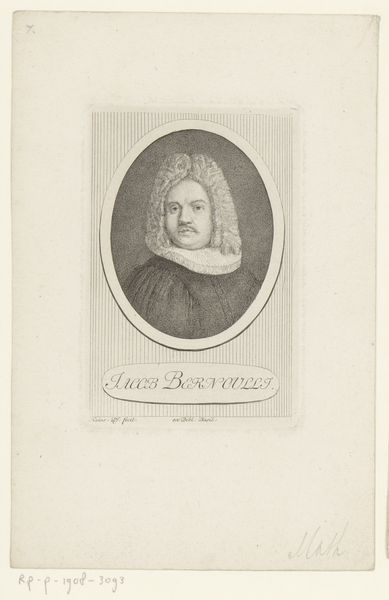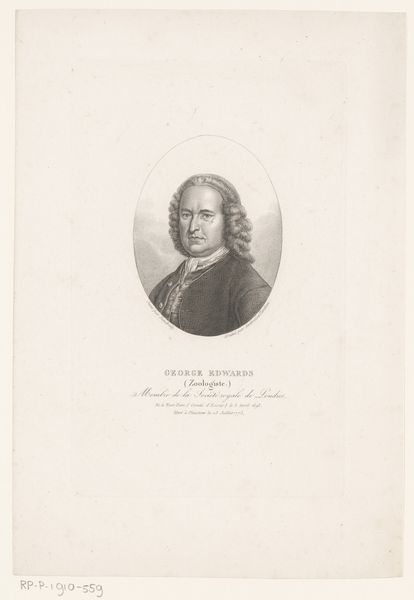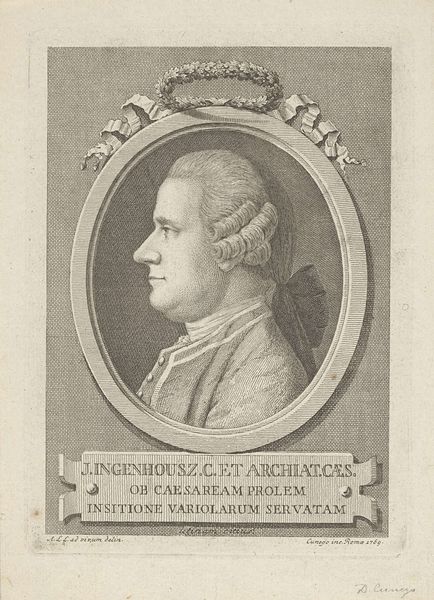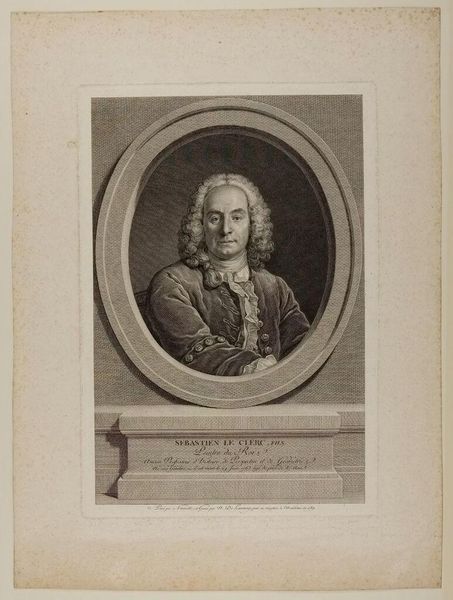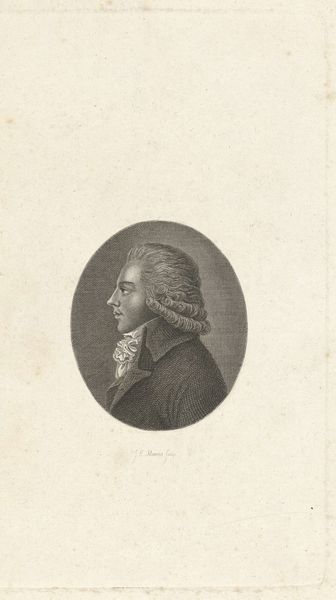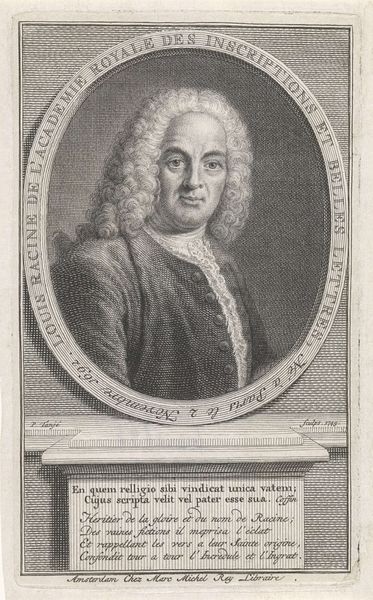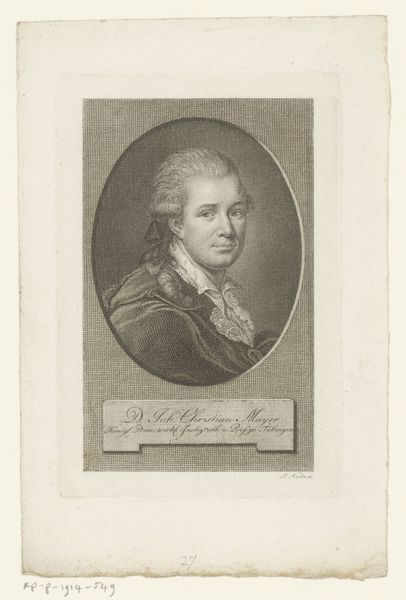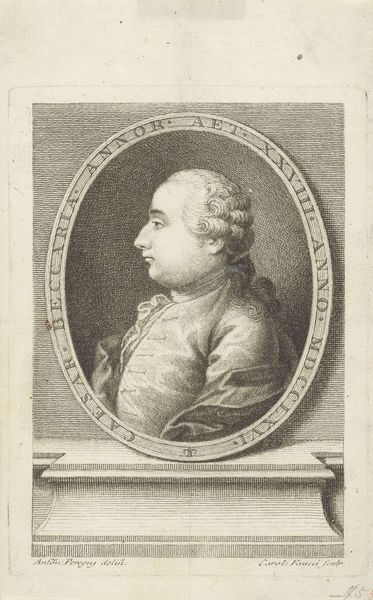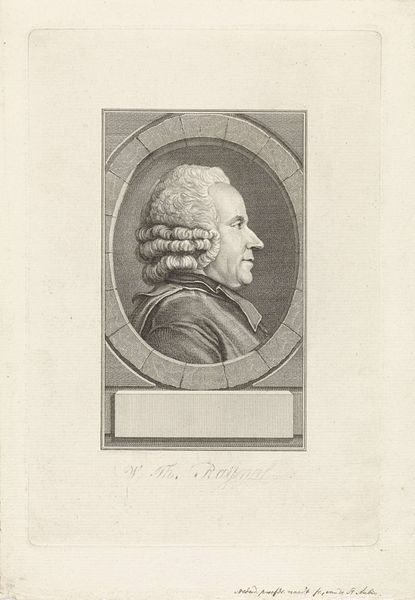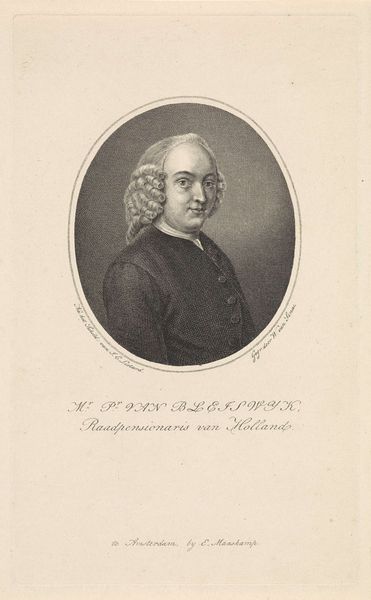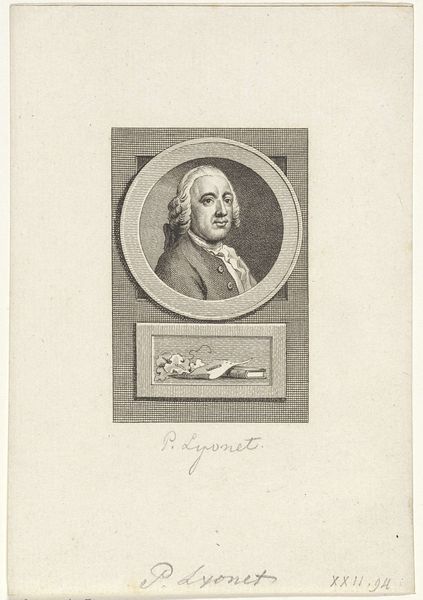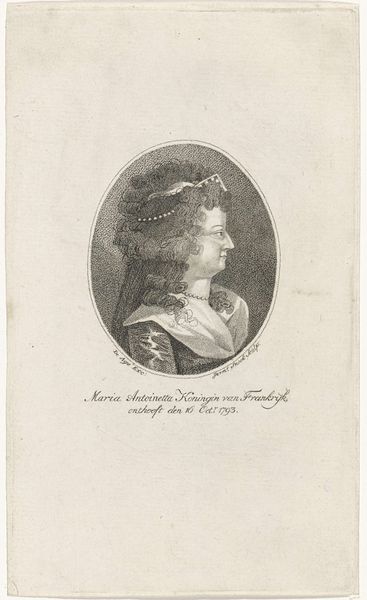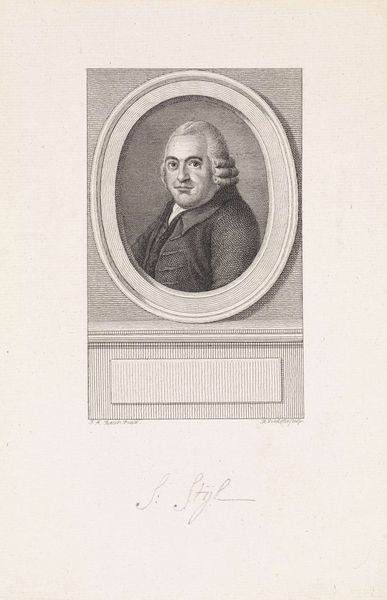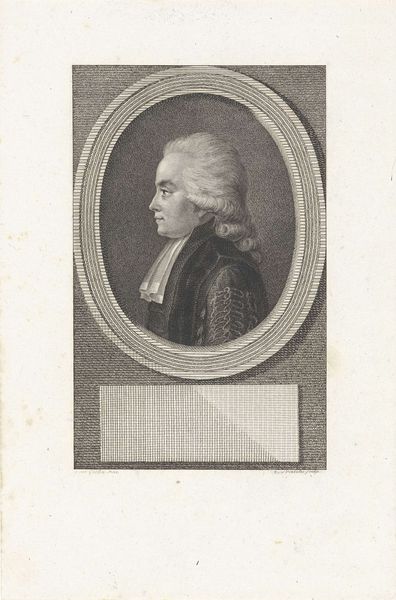
print, engraving
portrait
pencil drawn
neoclacissism
old engraving style
pencil drawing
engraving
Dimensions: height 149 mm, width 98 mm
Copyright: Rijks Museum: Open Domain
Editor: So, this engraving is titled "Portret van historicus Bernardo Segni" by Giuseppe Benaglia, created sometime between 1806 and 1830. It's a profile portrait within an oval frame...I find the contrast between the fine lines and the subject's fur collar really striking. How does its historical context influence your interpretation? Curator: It’s important to remember that portraiture, especially engraved portraiture, had a crucial role in shaping historical memory. Think of it not just as an image, but as a carefully constructed representation intended for wide distribution. How do you think this availability might have affected its role in society at the time? Editor: I guess having prints made it more accessible…kind of like an early form of mass media? Curator: Exactly! It made Segni’s image, and therefore his ideas, more readily available. Neoclassical style itself also played a part in conveying status and authority, lending historical figures a sense of gravity. Notice the clean lines, the focus on intellect through profile. Does that classical simplicity reinforce Segni’s importance as a historian, in your opinion? Editor: Yes, the style definitely elevates him. The engraving makes him seem timeless, linking him to the legacy of classical thought. But were these prints primarily for scholarly circles? Curator: Not necessarily. While academics would certainly have been a target audience, these kinds of images circulated amongst educated elites generally, solidifying cultural values and a shared understanding of historical figures and their impact. What assumptions do we bring to such images? How much were they involved in the public sphere? Editor: That's fascinating. I hadn't considered the public role of something that seems so… contained. I see how portraiture could function as a tool for constructing historical narratives. Curator: Indeed, by understanding the production and distribution of such images, we gain valuable insight into the cultural and political landscape of the time. Editor: Thanks, that gives me a new perspective. I'll never look at an old print the same way again.
Comments
No comments
Be the first to comment and join the conversation on the ultimate creative platform.

